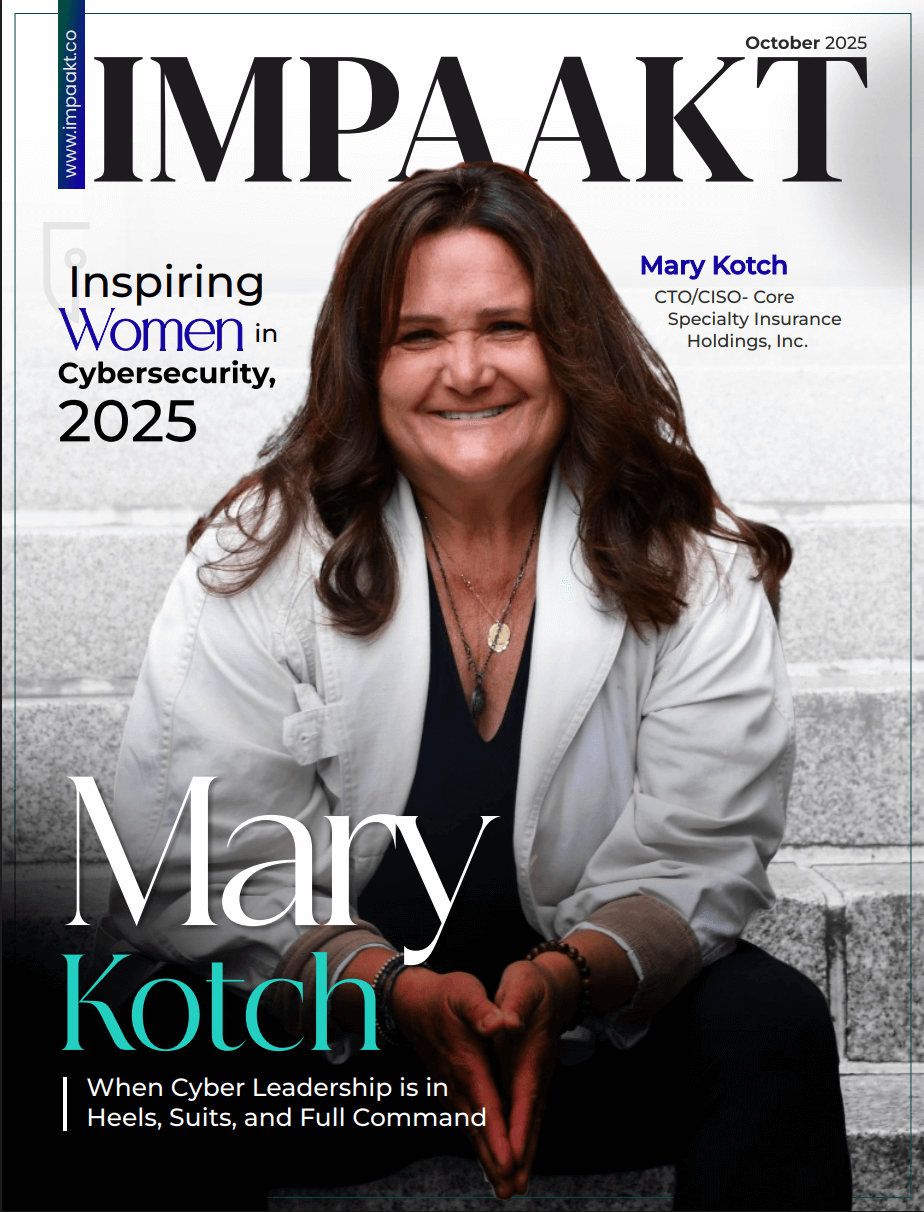Caregility is excited to announce a significant advancement in inpatient care through the introduction of a revolutionary class of adaptive telehealth edge devices. These devices are specifically designed to seamlessly support hybrid care models, integrating remote clinicians and artificial intelligence (AI) capabilities directly into bedside workflows during patient care.
At the forefront of this innovation is the APS200 Duo, our pioneering dual-camera, all-in-one system equipped with onboard edge computing and a robust dedicated graphics engine. Featuring a wide-angle camera for remote patient observation and a high-definition 40x power zoom camera for virtual nursing programs and remote patient examinations, the APS200 Duo marks a groundbreaking development.
Additionally, our second-generation APS100 Pro has been reimagined as an all-in-one system with a wide-angle camera for remote patient observation. The APS100 Pro can be expanded with the APS FlexCam, an external high-definition 40x power zoom video camera, enhancing its capabilities for virtual nursing programs and remote patient examinations. Flexible wiring options, including Power-Over-Ethernet (PoE+) support, are integrated into both the APS200 Duo and APS100 Pro.
These advanced telehealth edge devices, tailored for inpatient settings, not only deliver superior audio and video capabilities but also pave the way for innovative hybrid healthcare delivery. This is particularly crucial in addressing clinical staffing shortages and improving patient monitoring through AI-driven insights. The devices seamlessly integrate with the acclaimed Caregility Cloud™ virtual care platform, supporting various clinical applications. Multiple audio and video streams from each telehealth endpoint enable concurrent clinical workflows, such as continuous remote patient observation and ad hoc specialty consultations.
The AI-enhanced telehealth edge devices facilitate smooth virtual clinical interactions, enhancing the efficiency and quality of patient care and collaboration among clinical
teams. The dual-camera configurations allow for simultaneous virtual encounters and AI-supported continuous patient monitoring, aiding healthcare professionals in detecting and alerting staff to unattended patient movement and vital sign changes promptly. Advanced microphone arrays and high-quality speakers contribute to realistic encounters and support acoustic listening AI applications, such as ambient documentation for automated, structured EMR reports.
The APS200 Duo, APS100 Pro, and APS FlexCam mark a significant stride in hospital-based telehealth, providing enhanced support to patients and acting as a workforce multiplier for healthcare providers. Key highlights include:
- Built-in edge computing and versatile connectivity options (Wi-Fi, Ethernet, Bluetooth®, USB, and HDMI-CEC) for easy AI and peripherals integrations.
- Dual HD cameras providing 1080p resolution for clear and detailed visual interactions.
- 40x power zoom and a 5x wide-angle field of view supporting AI feeds and interactive patient encounters.
- Night vision capability for viewing in dark settings without disturbing the patient.
- High-quality microphone arrays ensuring clear communication in noisy clinical environments.
- Seamless integration with EMRs, Clinical Decision Support (CDS) platforms, connected devices, and more.
These FDA-registered Class 1 medical devices can integrate with digital TVs and Interactive Patient Console (IPC) systems in patient rooms, maximizing space and resources. The Caregility telehealth edge devices also include a wall-mounted vLert button interfacing with the Caregility Clinical Notifications application, enabling bedside staff to initiate on-demand sessions with virtual nurses or remote clinicians. Every Caregility device is self-healing, proactively monitored, and remotely managed to ensure reliability and minimize disruption to patient care.
Early adopters in the market are already leveraging APS200 Duo, APS100 Pro, and APS FlexCam devices to scale AI-enabled telehealth cost-effectively to every patient room.
For example, OhioHealth has installed 66 APS100 Pro telehealth devices as part of its Patient Room of the Future initiative at Pickerington Methodist Hospital. According to Tom Gutman, OhioHealth Senior Consultant of Learning Simulation, the intuitive technology aims to provide a more personalized hospital stay, allowing patients to virtually interact with nurses, specialists, or family members.
Similarly, UMass Memorial Health has launched a comparable initiative, planning to install the APS200 in its new 72-bed inpatient facility. According to David Smith, UMass Memorial Health System Associate VP of Virtual Medicine, the APS200’s form factor and advanced PTZ camera control make it an ideal choice for various use cases, including e-sitting, virtual rounding, patient-family communication, and tele-ICU level care.
Bin Guan, Caregility Chief Innovation Officer, expressed the company’s mission to continuously elevate the possibilities in care delivery, offering healthcare organizations an effective way to extend hybrid care at scale. The goal is to deliver the most effective, high-quality care possible to every room, every bed, and every patient.
To learn more about Caregility’s suite of telehealth devices and schedule a demonstration, visit www.caregility.com.
About Caregility
Caregility is a telehealth solution provider that connects care everywhere. Recognized as the Best in KLAS® Virtual Care Platform (non-EMR) in 2021, 2022, and 2023, Caregility Cloud™ integrates bedside care, virtual care, and AI capabilities at the point of care. Trusted by over 75 health systems, deployed in more than 1,000 hospitals, and supporting over 30,000 connected devices, Caregility is transforming healthcare delivery across inpatient and outpatient settings.











